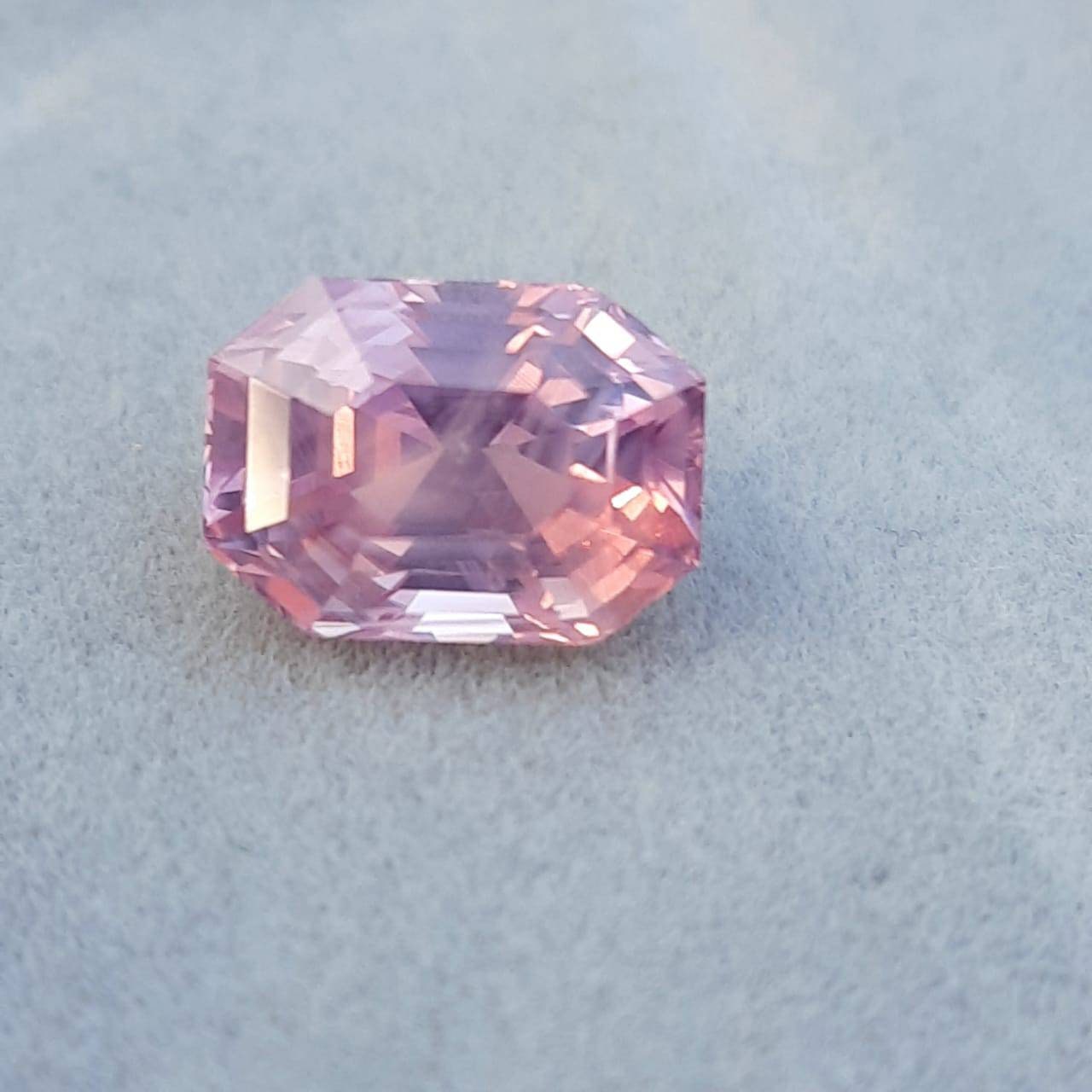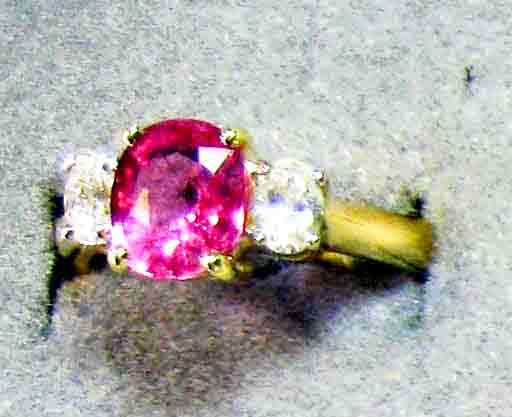


As seen above, this reaction is confined to certain zones in the gem. When a sapphire is subjected to high-temperature heat treatment, a chalky blue to blue-green SW fluorescence is often created. Many will be illustrated below, both known and unknown. In addition, other trace elements in corundum may produce fluorescent reactions, from the well-known red glow of ruby to other reactions that are still not completely understood. Since colorless areas follow the original crystal’s growth structure, the fluorescence will follow the same pattern as the gem’s color zoning. It is actually the colorless portions of the stone that fluoresce (a reaction similar to Verneuil synthetic sapphires). This reaction is practically never found in untreated corundums and was first noted by Robert Crowningshield (1966, 1970). Many heat-treated rubies and sapphires will display chalky short-wave (SW) fluorescence. But with the rising importance of treatment detection, the humble UV lamp is making a comeback. It wasn’t long ago that ultraviolet (UV) fluorescence was considered the poor stepchild of the gem lab, a pint-sized pea shooter when compared with the high-caliber cannons available in modern labs. So what is this miracle tool? We speak of the lowly ultraviolet light. While a 100% reliable answer to that question is a job for a major gem lab, there is a simple and inexpensive tool that can often give an important indication. One of the greatest challenges gem dealers and gemologists face today is being able to accurately determine if a stone has been heat treated. UV fluorescence can assist in that identification, as well as detecting fillers in emerald.

All international orders are final sales.One of the greatest gemological challenges is determining if a ruby or sapphire has been heat treated. Please contact us within seven days after the delivery date. Resized rings, engraved rings and newly created ring in your ring size are final sale. Returnįor US customers, stock size rings are returnable for a full store credit. It is not possible to rush the certification process for this reason. The grading is performed by the GIA lab, which is an independent third-party organization. If you add the GIA report, it will take up to 6 weeks in addition to the production time. *This service may not be available during holiday seasons. If a new setting is required, it will take 3-4 weeks. Resizing will be completed in 5 business days. The process for a new setting will take 4-5 weeks. If the required size is not within a resizable range, you will be notified, and a new setting will be made. If resizing is needed, it will take up to 10 business days. The stock size ring will be shipped within 1-2 business days. This ring is in stock in the size specified on the product page.


 0 kommentar(er)
0 kommentar(er)
